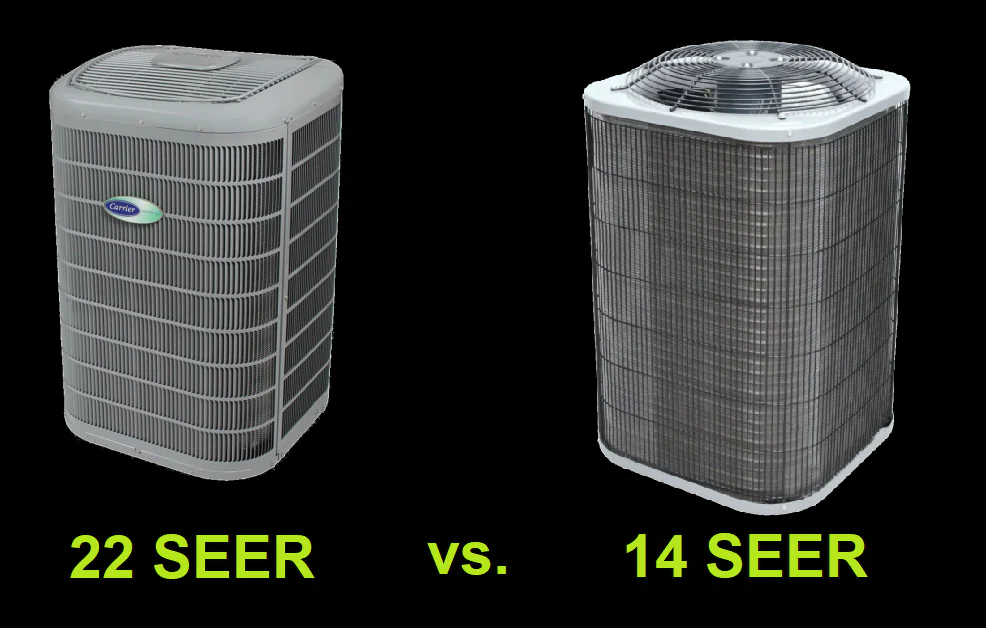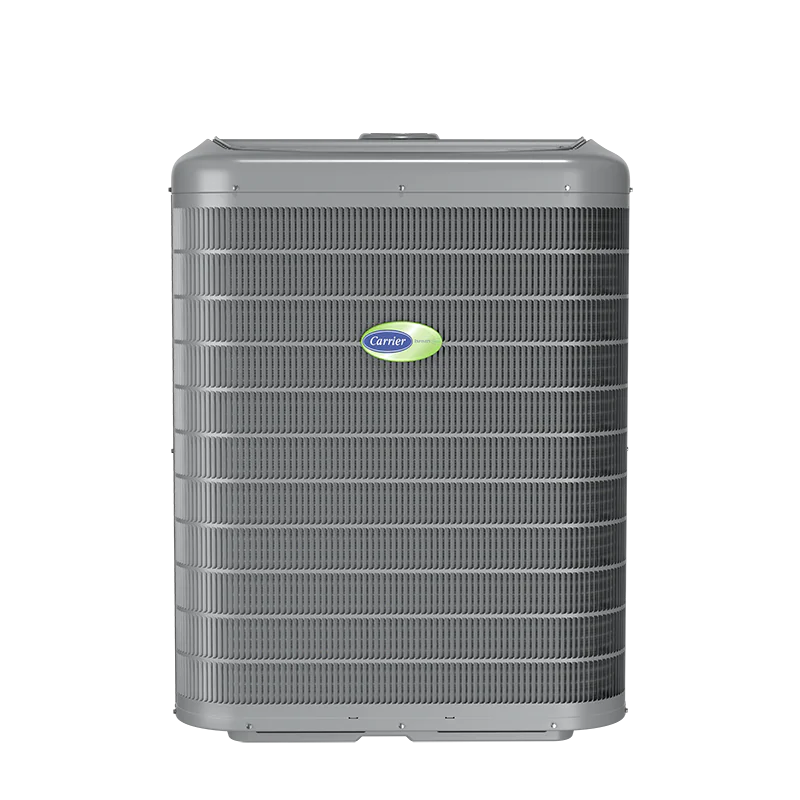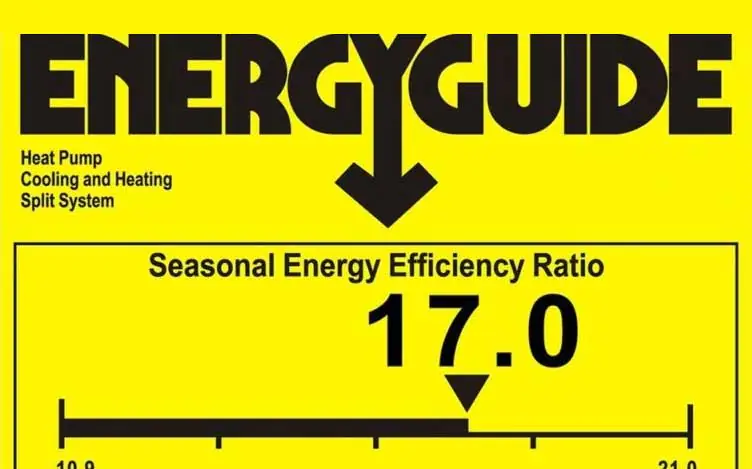If you’ve been shopping for a new A/C unit, you may have noticed that some units have higher SEER ratings than others. What you’re really looking at is the Seasonal Energy Efficiency Ratio; it’s simply a measure of how efficiently your unit uses electricity to cool your home. The higher the SEER, the less electricity your unit needs to cool your home.
Units with higher SEER ratings are also typically more expensive than those with lower ratings. You may wonder, “Is it worth the money to purchase a unit with a higher SEER rating?”
We don’t have a simple yes or no answer that applies to everyone. However, we hope that you will feel empowered to make the right decision for your household when you have the knowledge about SEER ratings and the features that higher-SEER systems tend to offer.
SEER AND ENERGY SAVINGS

Mitsubishi Comfort puts it best: “SEER is the miles per gallon of HVAC.” You’d spend less on gas if you had a car with 35 MPG than one with 26 MPG. The same goes for A/C units; you’d spend far less on electricity for a 22-SEER system than a 14-SEER system.
As its name suggests, a SEER rating is a ratio. To get that ratio, we divide a unit’s annual cooling output (in British thermal units per hour or BTUH) by the total electricity input. When you have a higher ratio, that means your unit can use electricity more efficiently to do more cooling.
You can also use a unit’s SEER rating to estimate the amount of money you’ll spend on electricity for that unit. While it is best to have an HVAC technician do the math, you can also get an estimate yourself if you have all the right numbers.
You do that by taking the BTUH and dividing it by the SEER rating to get the watts. Let’s say you have a 20-SEER system that puts out 12,000 BTUs per hour. Divide 12,000 by 20, and you will get 600 watts.
Turn the watts into kilowatts by dividing the watts by 1,000 (600 goes to 0.6). Then, you can multiply that quotient by the price per kilowatt-hour (kWh) to get the estimated cost per hour. Let’s say you pay 11.5 cents ($0.115) per kWh. We’d multiply 0.6 by 0.115, and we’d pay $0.069 (just under 7 cents) per hour for that unit.
MINIMUM AND MAXIMUM RATINGS

The government does establish minimum SEER ratings. These standards exist to make sure we use energy effectively. There are no official limits on maximum ratings, though; those are limited merely by technology and not governmental standards.
The U.S. Department of Energy (DOE) started regulating SEER ratings in 1992, and they set 10 as the minimum rating back then. However, since 2006, the minimum rating has been 13, with some exceptions for A/C in more cooling-intensive regions of the country and heat pumps everywhere.
Different regions of the United States have different requirements for cooling. For example, it’s fair to say that Minnesota’s cooling season is usually a lot milder (and shorter) than Florida’s. So, the northern states have a minimum SEER requirement of 13 for A/C units (14 for heat pumps). In the south, our A/C units and heat pumps must have a minimum rating of 14.
As of right now, units manufactured in the United States typically range from 13 to 26 SEER.
WHAT DO HIGH SEER UNITS DO?

There are a few different ways that a unit can become efficient enough to boost its SEER rating. The two main ways that these units maintain their efficiency are through variable-speed blowers and multi-stage compression.
Instead of having a single-speed blower that turns on and off, variable-speed blowers can adjust the fan speed during operation. Starting up a blower motor takes a lot of energy, so you’ll save some money by having a blower motor that can vary its speed instead of constantly shutting on and off. Single-speed motors can also leave hot and cold spots in your home because they cycle on and off; you don’t have to worry about that with variable-speed blowers.
Multi-stage compression is a fancy way of saying that your A/C’s compressor can adjust its output to achieve the cooling you want. Like the blower motor, these compressors can ramp down if there is less of a need for cooling, meaning that you get longer runtimes and more even performance.
When your unit has longer runtimes with variable-speed motors and multi-stage compressors, it can also dehumidify the air more effectively. So, higher-SEER units perform very well in humid climates.
So, unlike upsizing a unit, you may seriously want to consider choosing a new A/C unit or heat pump with a higher SEER rating than your previous one. Seasonal energy efficiency is less of a concern in mild climates, but it’s worth considering in our climate because Florida has a long, intense cooling season. (It’s also extremely humid here.) You’ll probably feel more comfortable and be able to recoup the installation cost in energy savings.
We are an official Carrier authorized dealer, and we can install a wide variety of their A/C units and heat pumps. Carrier’s product line ranges from 14 to 26 SEER, so there is a choice for everyone.
References
AHRI: www.ahrinet.org/homeowners/save-energy/seasonal-energy-efficiency-ratio
Mitsubishi Electric: www.mitsubishicomfort.com/articles/what-to-know-about-seer-when-choosing-an-hvac-system
Trane: www.trane.com/residential/en/resources/glossary/what-is-seer/





